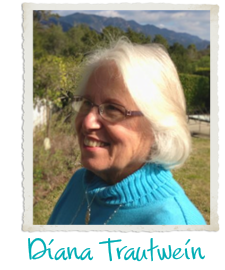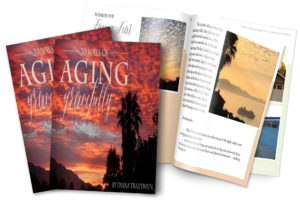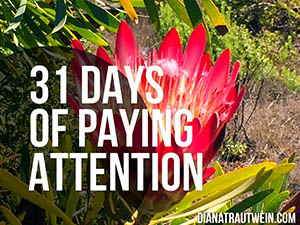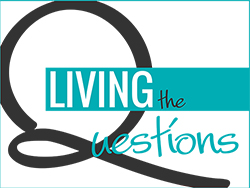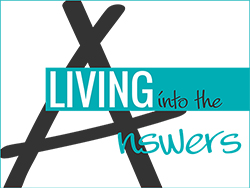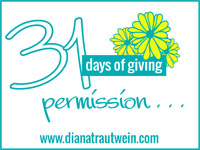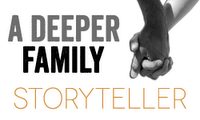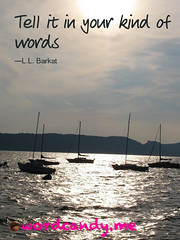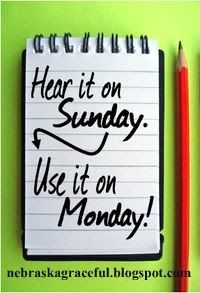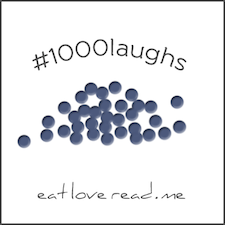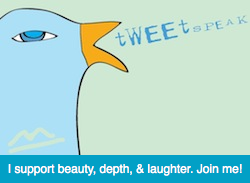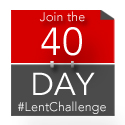“There is only one metric for discipleship, only one call: to go beyond being polite, subdued, civil and nice to practicing real, even dangerous, love.” – Pastor Don Johnson, in this morning’s sermon, “Sifted,”
based on 1 John 4:7-21
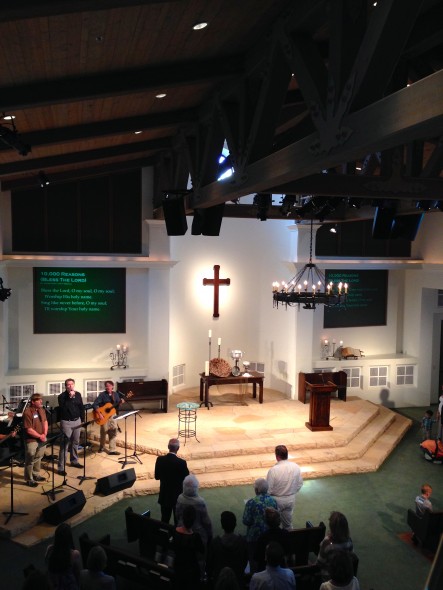
Twenty-nine times in fourteen verses — that’s how often the apostle John uses the worn-out, overused, mostly ignored word, “love,” in the 4th chapter of his first epistle.
Twenty-nine times.
I think this guy believes what he says, you know?
And I think he has the street cred to back up his instructions, his analysis, his hopes, his commands.
You remember John, don’t you? The ‘beloved’ disciple, one of three pulled out for special events, the one to whom Jesus gave responsibility for his mother while he was dying on that cross, the one who stayed around through the whole awful crucifixion scene and then showed up early at the empty tomb and immediately believed?
Yes, I think this man’s words can be trusted. I think John knows whereof he speaks.
So from our perch in the balcony this morning (it’s where the scooter fits best), I sat and pondered this tableau of sifting things — fish net, colander, strainer. And as we moved through the sermon, I could see — again! — that the one thing Jesus uses to sift the wheat from the chaff in our souls is love.
Nothing else works, you see. Only love can separate us from all those things that get in the way of deep and true relationships, that keep us from living out the peace and justice that God asks of us, that infiltrate our spirits and keep us suspicious, reactive, judgmental and jealous. Only love.
We’ve heard that word so often that most of the time, we don’t even think about what it might mean when we see it, hear it, think it.
What does it truly mean to love? To choose love, to practice love, to live in love? Where does it come from? How do we grow it in ourselves?
It is, after all, the one thing that Jesus commands us to do, right? Love God, love one another.
And John picks up the song right where Jesus left off. Pastor Don outlined for us the powerful truths that are buried in this long list of ‘love’ words in 1 John 4 and the ones that stood out to me are these:
Love comes from God because God is love.
God is therefore the source of love, we are the reflectors of it.
God chooses to use us as instruments of God’s love in our interactions with one another.
Our love for one another is the primary — perhaps even the only — way in which those who do not yet know God can see God at work in the world.
The clearest demonstration of love ever let loose in this world is Jesus.
When love takes over, fear flees.
Loving God and loving others are non-negotiables.
Even though I wasn’t feeling particularly well this morning, I knew I needed to hear this sermon, to ponder it and pray through it and learn from it. For lots of reasons, but primarily because of my own ongoing battle with anxiety and worry. That particular journey is a two-steps-forward-one-step-back kinda trip in my life, and I needed to think again on these words: “Perfect love casts out fear.”
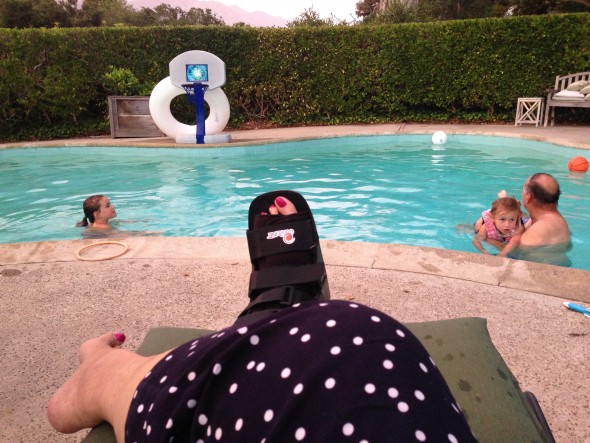
When you think about it, fear is at the bottom of a whole lot of ugly, scary things in this world. Every bomb dropped, warrior wounded, child enslaved, bit of food hoarded — all of it comes back to being afraid of something. Afraid there won’t be enough, afraid we’ll lose face, afraid we won’t get all our wants/needs met, afraid of the nameless/faceless ‘enemy,’ wherever and whoever they are.
I’ve been afraid a lot lately — afraid I’ll never walk right again, afraid I’ll be dependent on others forever, afraid I’ll be . . . what? Defective? Hobbled? Less than?
And yet, I don’t believe that about friends of mine who deal with disabilities of one kind or another. I see them for who they are, I value their insights and their gifts. So what am I truly afraid of?
Maybe that I’ll be less than what I’ve been before. Maybe that I’ll fail to measure up to some invisible, impossible standard of perfection that hangs over my head. Maybe that no one will love me if I’m not ‘together.’ Maybe that I do not and will not love myself if I’m not ‘performing’ the way I think I should. Maybe that God won’t love me if I’m not working hard.
Ah. Now we’re getting somewhere.
I am still doing battle with that ancient enemy, that old heresy, the one that goes like this:
Salvation is to be earned.
Worth is to be proven.
What I do for God and for others is what will force God to love me and will make me more acceptable to myself, too.
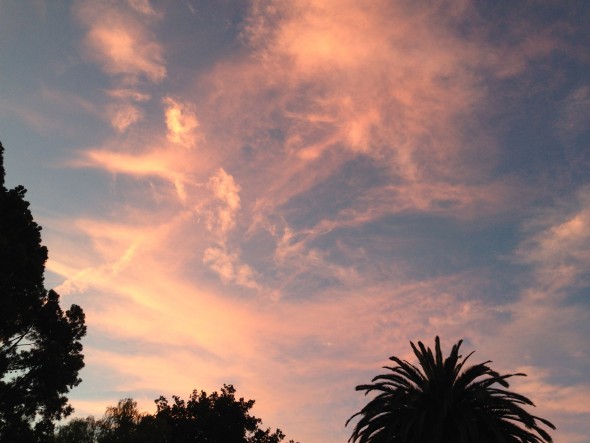
And that is crazy-making thinking, you know? Scroll back up to the list I wrote out from chapter 4. John spells it out, plain as day. LOVE COMES FIRST, God loves us, we respond in love, God’s love flows through us to others, and the pattern is repeated.
Only, we’re really, really lousy at this thing. Just reading through the comments section at some of the more public blogging sites proves that. We can’t even be civil, much less move beyond civility to love. We so often let fear win, don’t we? Way too often.
So tonight, at this end of the day, I want to start again. Again. I want to ask for the blessing and I want to be open enough to receive it. I want to hold my hands and my heart open and let the love of God flow into and through me. I want to live in love, not in fear.
In LOVE, not in fear.
How about you?
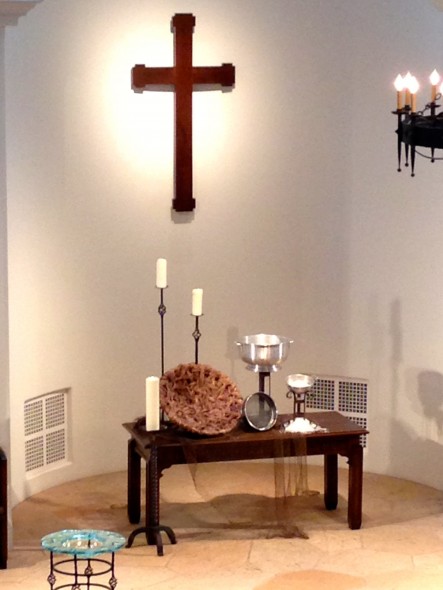
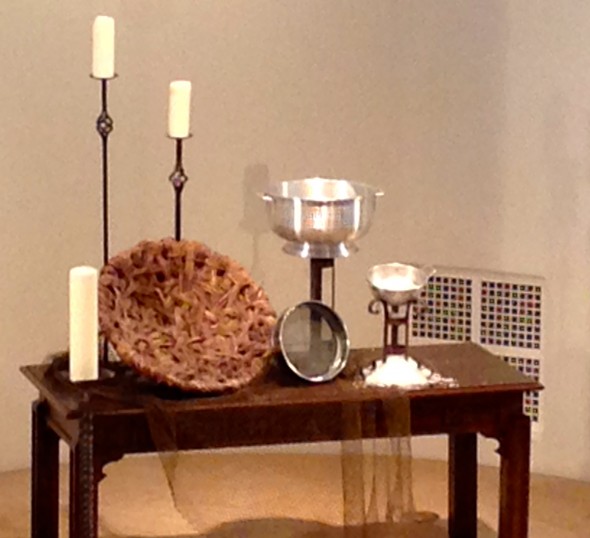
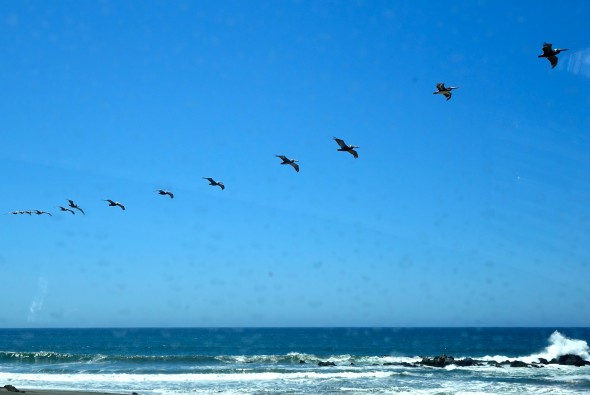
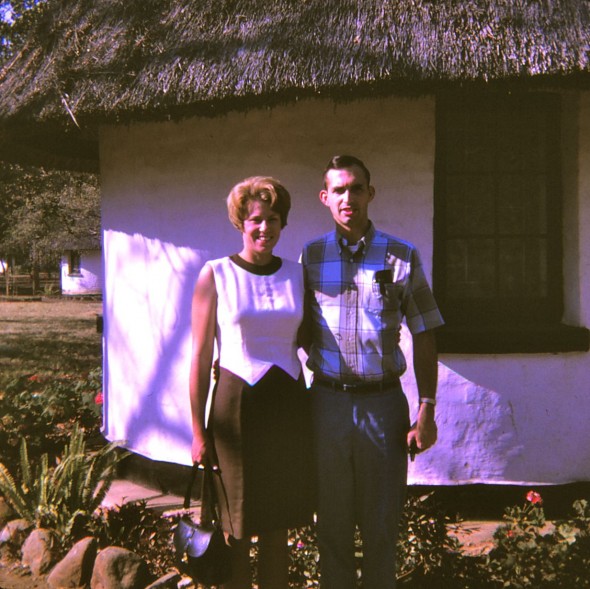
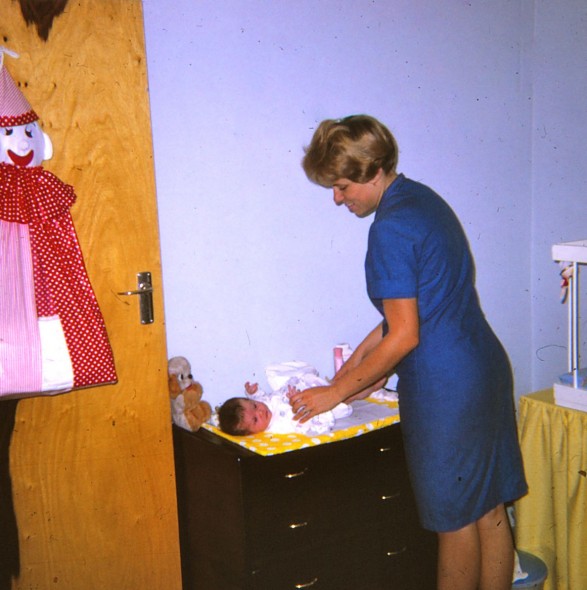

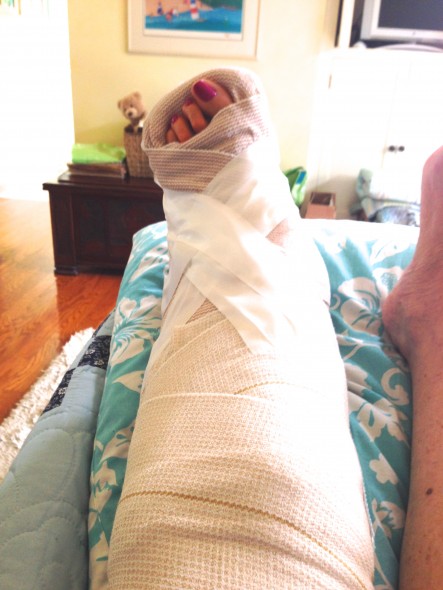
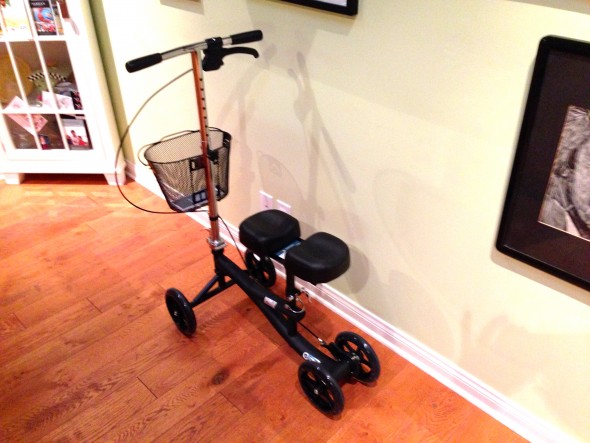
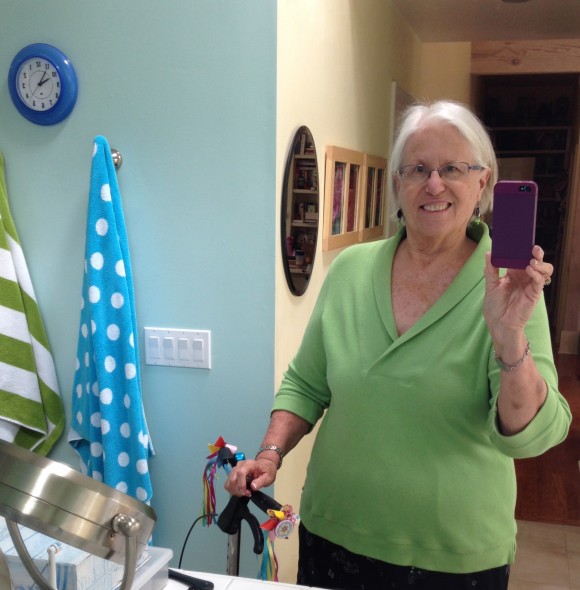
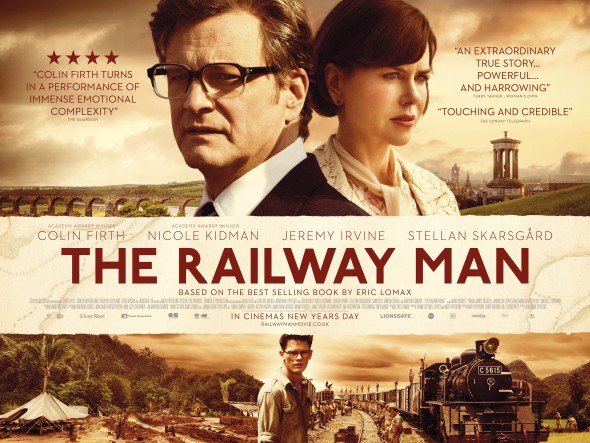
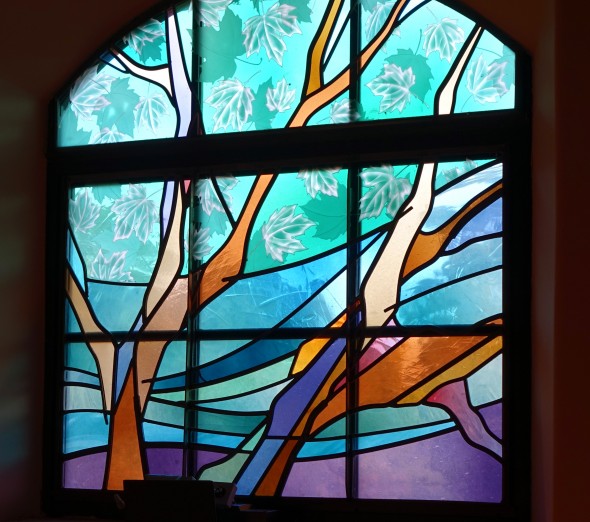
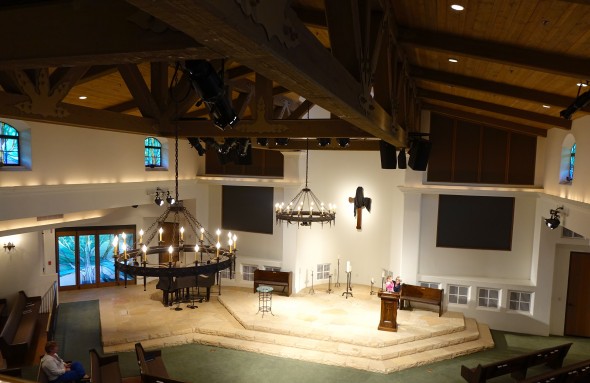
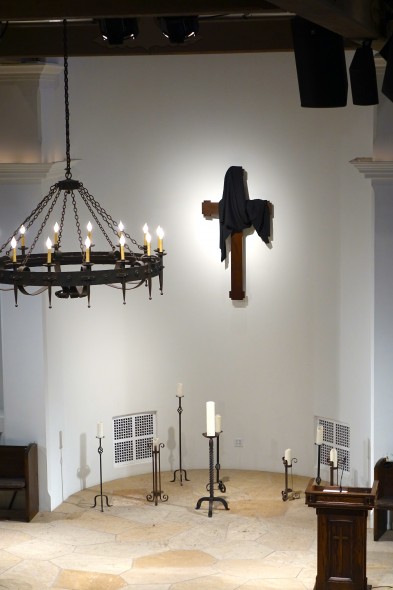
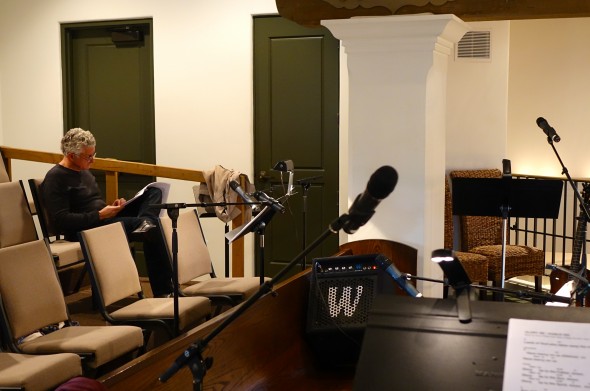
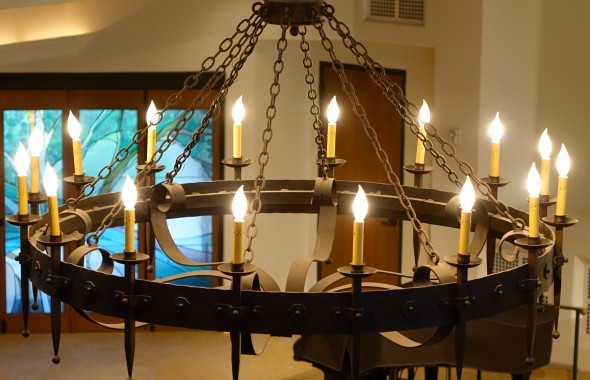
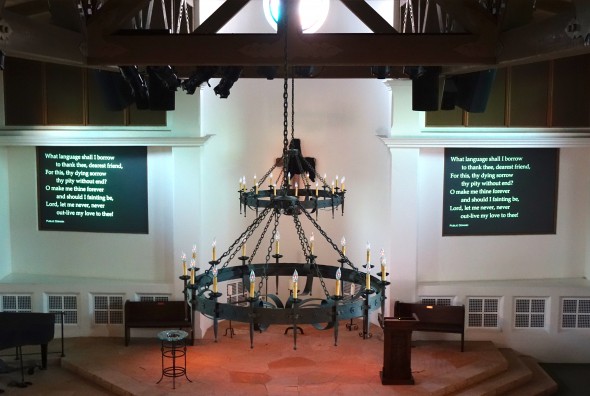
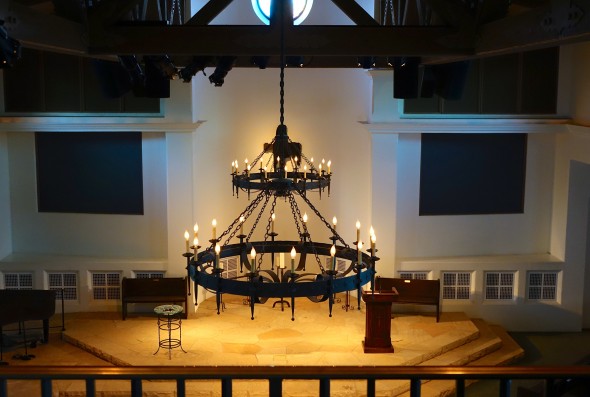
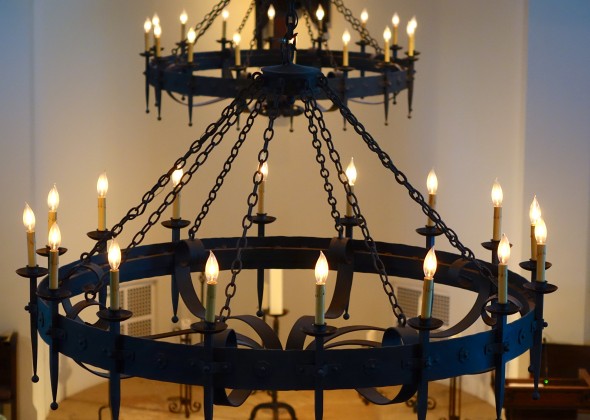
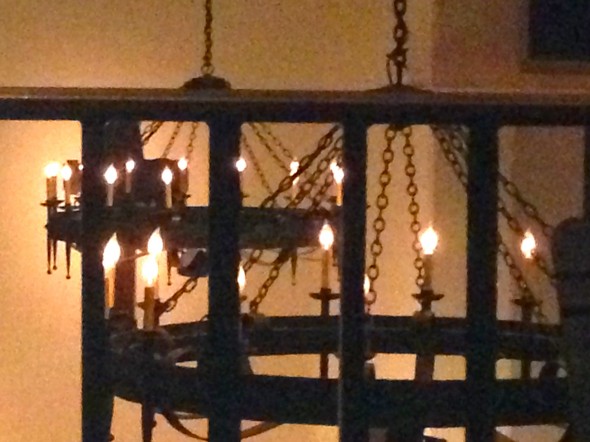
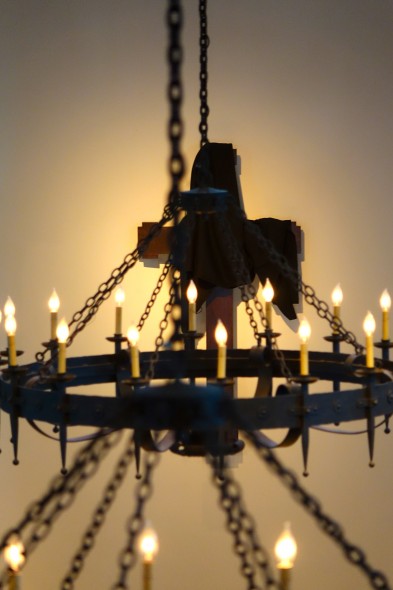
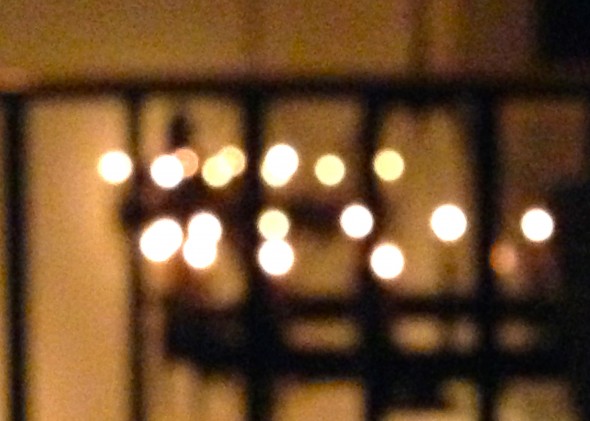
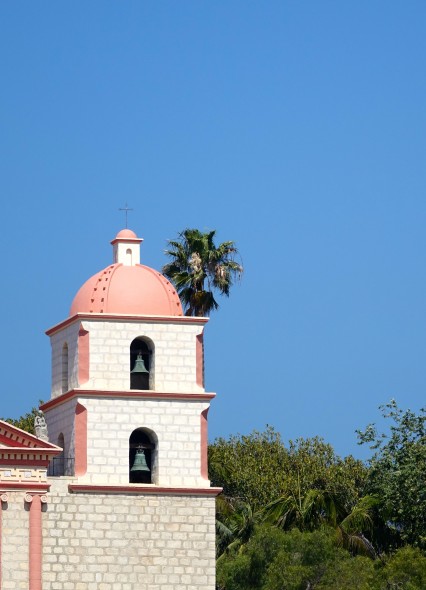
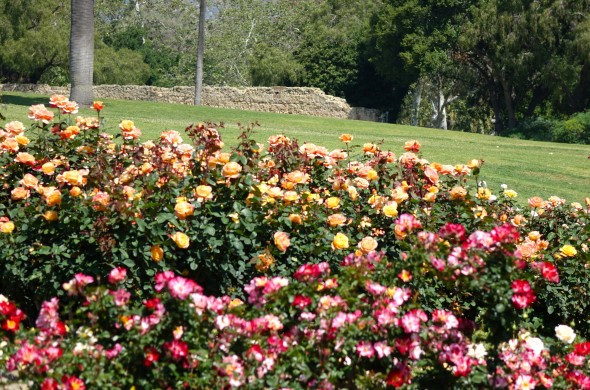
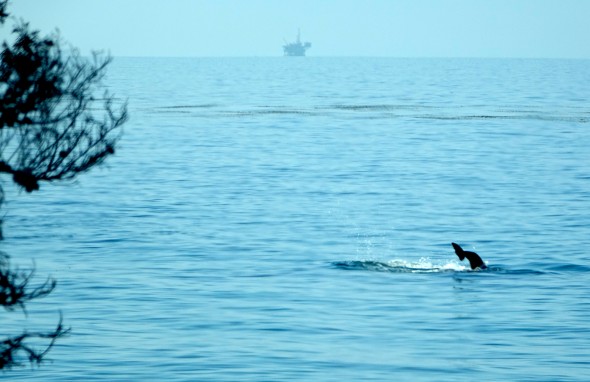

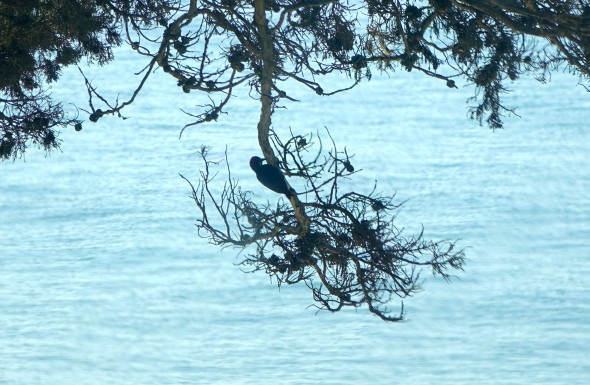
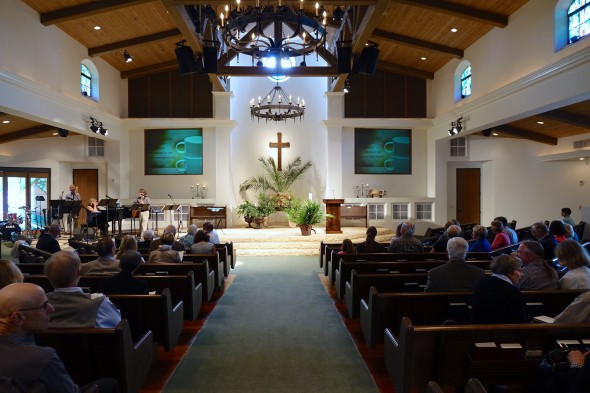
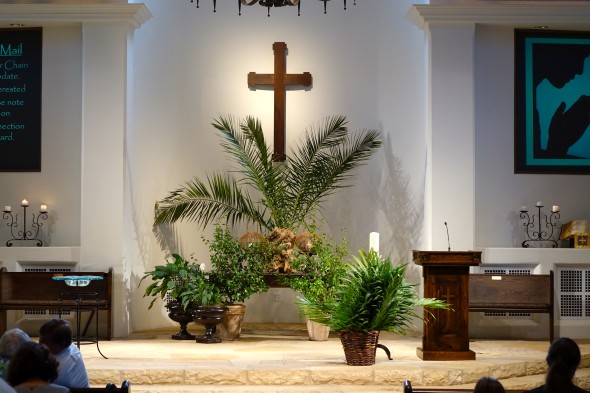
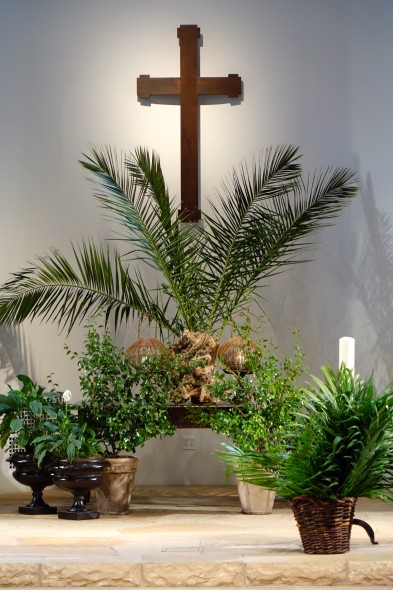
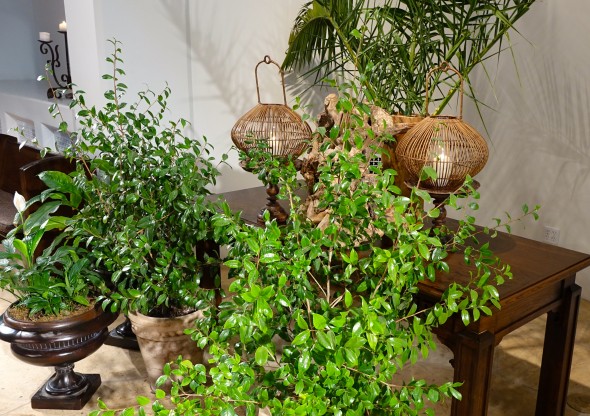
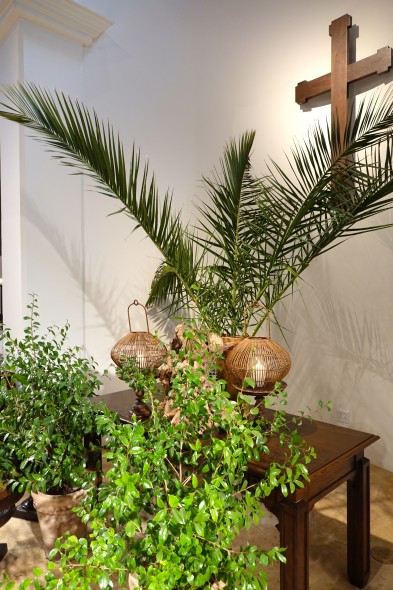
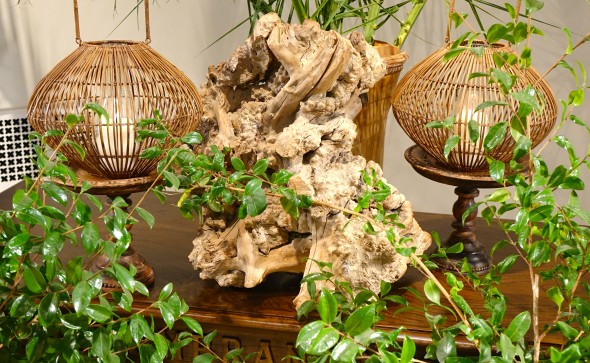
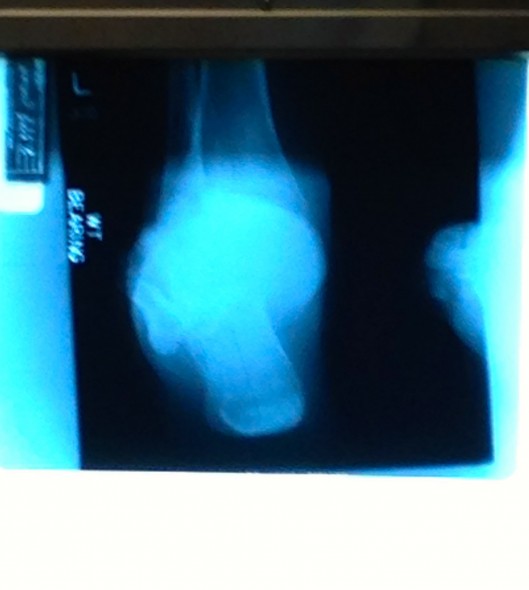
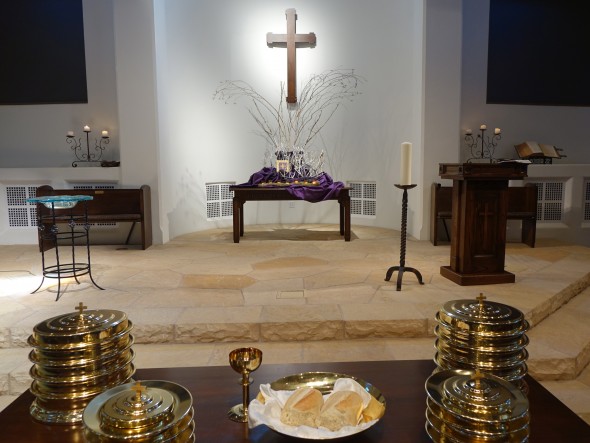
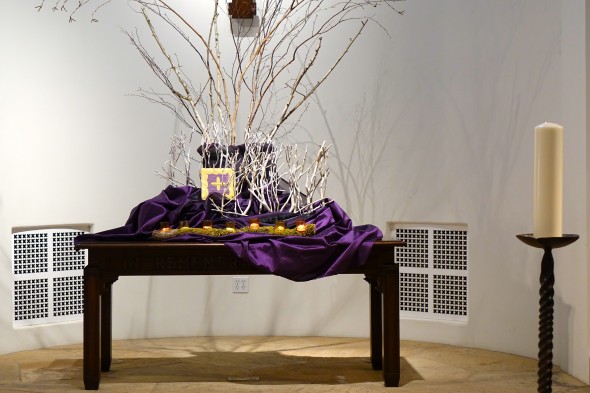
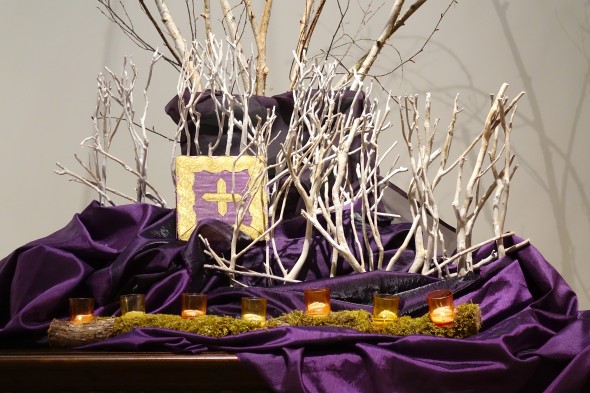
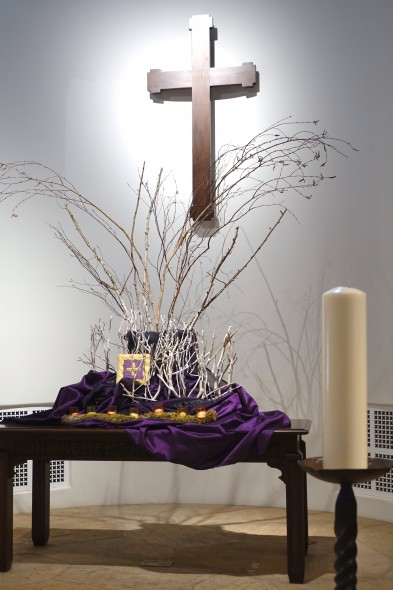
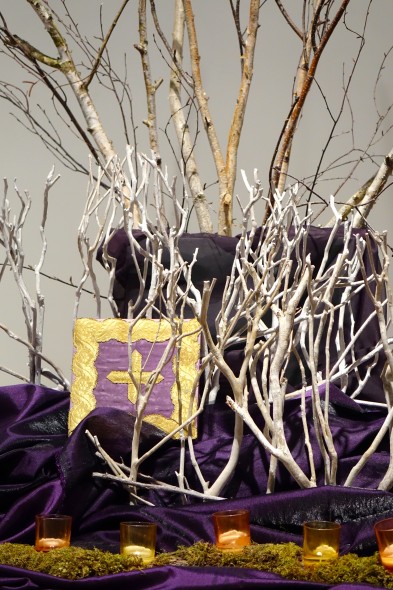
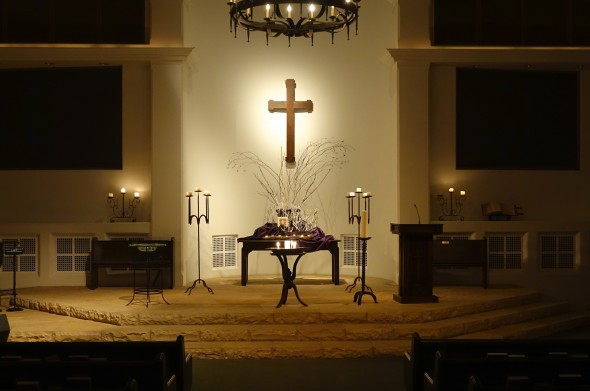
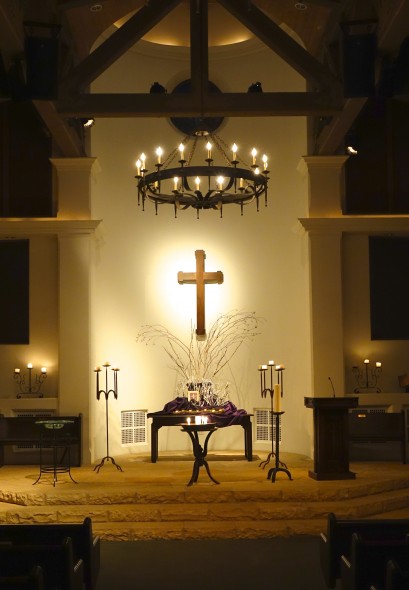
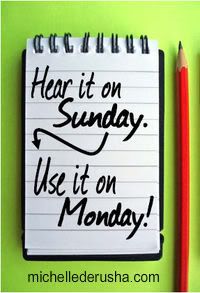


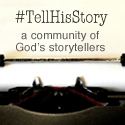
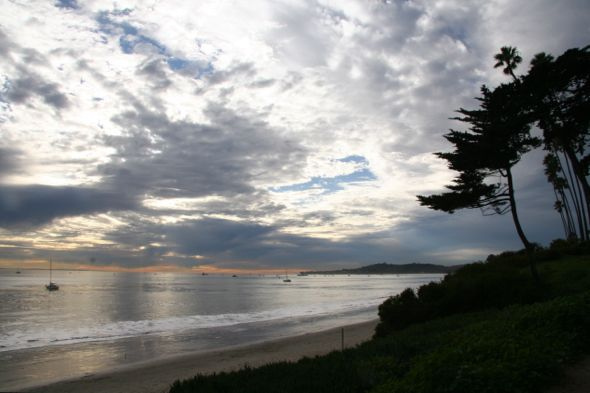
![Pageflex Persona [document: PRS0000035_00015]](http://dianatrautwein.com/wp-content/uploads/2014/03/WAWIW-Official-Cover-1-e1396316443335.jpg)
![Pageflex Persona [document: PRS0000035_00015]](http://dianatrautwein.com/wp-content/uploads/2014/03/WAWIW_Back_Cover-e1396316485978.jpg)
